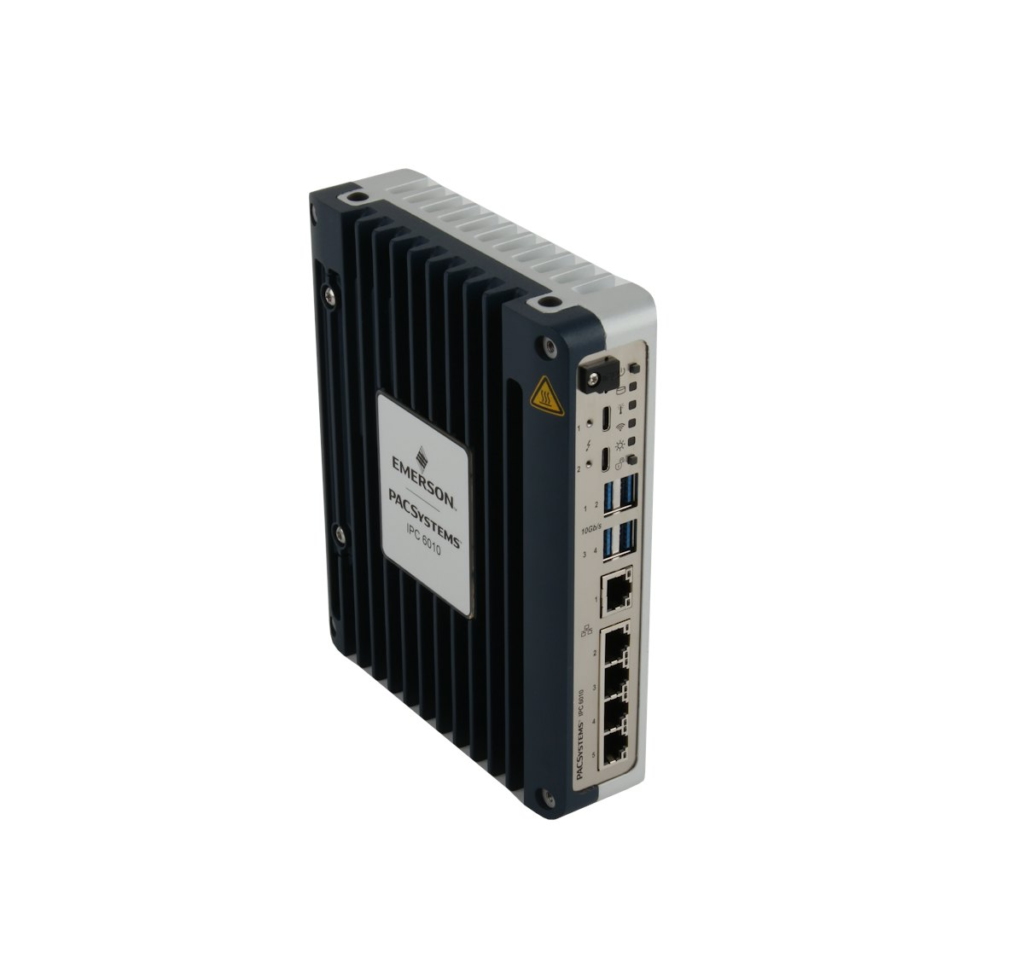In today’s competitive landscape, small and mid-sized businesses (SMBs) are increasingly turning to automation powered by artificial intelligence (AI) to improve efficiency, reduce costs, and optimize operations. This guide will take you through the necessary steps to design, deploy, and monitor an AI-powered automation system tailored for your business needs. We will include prerequisites, configuration steps, testing, monitoring, error handling, and cost control while addressing critical considerations such as security, data retention, privacy, vendor lock-in, and ROI estimation.
Before diving into setup, it’s crucial to determine the specific business problem you want to solve with AI. Common applications include predictive maintenance for machinery, quality inspection in manufacturing, or customer service automation. Clearly defining the problem helps in selecting the right tools and technologies for your deployment.
The first step involves setting up your infrastructure. Ensure that your system meets the technical prerequisites. This typically includes acquiring a suitable hardware platform, such as Emerson’s PACSystems IPC series, which offers the robustness and processing power needed for industrial applications. If your business doesn’t already have one, the IPCs can support AI-enabled capabilities with features like advanced analytics and data processing.
After securing the necessary hardware, it’s time to choose the software tools appropriate for your automation project. Depending on your use case, select an operating system that best fits your existing environment. Options like Windows IoT, Linux, or PACEdge offer various functionalities and compatibility with development environments. For AI capabilities, software such as PCAutomation or Movicon, which support visualization and real-time data processing, can greatly enhance your system.
Once your environment is established, the next step is to configure the system. Start with installing your chosen operating system on the IPC. Follow the manufacturer’s guidelines for installation to ensure everything is set up correctly. After the OS installation, incorporate your software tools by following specific installation instructions to ensure seamless integration.
With your environment configured, it’s time for development. Depending on your technical knowledge, you might need to collaborate with IT specialists or software developers to build the AI models necessary for your automation objectives. Common AI frameworks to consider include TensorFlow or PyTorch for deep learning applications. Input your historical data into the AI models for training purposes to achieve accurate outputs and desired functionalities.
Testing is a critical phase for ensuring the effectiveness of your AI system. Initiate a pilot run with a small data set to validate your model’s accuracy. Analyze outputs against expected outcomes during this phase. For example, if your goal is to enhance predictive maintenance, check to see if the system alerts you to potential machinery failures with a high degree of accuracy. Adjust your inputs or refine the model as necessary based on the feedback received.
Once your AI solution has been tested effectively, you’ll move to the deployment phase. Integrate the system with existing workflows in your organization. It’s essential to ensure that all team members are trained on how to use the new tools and understand the benefits of the automation. This training will facilitate smoother transitions and encourage team buy-in.
Monitoring your system is vital for maintaining operational efficiency. Set up dashboards for real-time analytics to track performance metrics that are aligned with your KPIs. Involve your operations team in this process to ensure they can identify potential issues quickly and make informed decisions based on data trends. Regular monitoring of system logs and error notifications will also assist in proactive maintenance before issues escalate.
Error handling is an essential component of your AI system. Equip your team with guidelines on how to respond to error messages, which may involve consulting operation logs for issues whenever they arise. Develop a process for troubleshooting recurring errors, which will enhance system reliability over time.
Considering security, it is crucial to implement robust security measures to protect your data and systems. Utilize encryption technologies, such as built-in Trusted Platform Module (TPM) crypto-processors from your IPC, to secure sensitive information. Regularly update software tools to protect against vulnerabilities and ensure all personnel access systems using secure authentication methods.
Regarding data retention and privacy, familiarizing yourself with regulations such as GDPR or CCPA is essential. Develop clear policies for how long data will be retained, ensuring compliance while balancing operational needs. Establish protocols to anonymize customer data when possible, reducing risks associated with data breaches.
Vendor lock-in is a concern that many SMBs face when implementing AI solutions. To mitigate this risk, opt for open-source tools or platforms that provide interoperability. By maintaining flexibility in your technology stack, you can adapt to changing market conditions and technological advancements more effectively.
When estimating ROI from your AI automation, it’s vital to calculate both tangible and intangible benefits. Start by quantifying cost savings from efficiency improvements, reduction in human errors, and increased productivity. Intangible benefits may include improved customer satisfaction and enhanced decision-making capabilities. Regularly review these metrics against operational costs to assess overall return on investment.
Ongoing maintenance is a significant consideration. Regular updates to both hardware and software should be budgeted to keep systems efficient and secure. Also, allocate resources for periodic training sessions to keep your staff abreast of advancements in tools and processes, fostering a culture of continuous improvement.
FlowMind AI Insight: As your business embarks on this AI journey, remain vigilant about adapting to ongoing technological changes. Continuously refine your approach, engage with data responsibly, and embrace an innovative mindset to ensure your automation strategy delivers sustainable results.
Original article: Read here
2025-09-16 17:48:00

